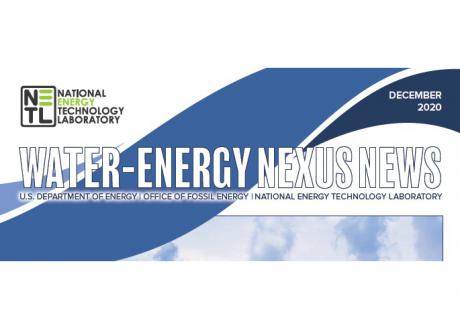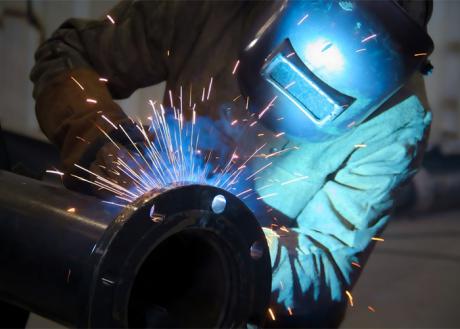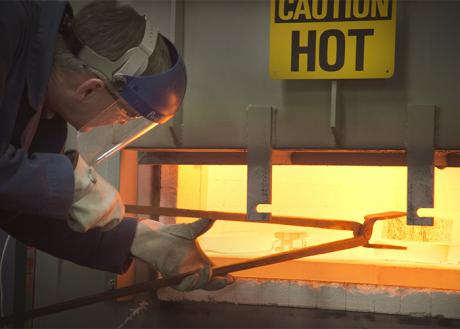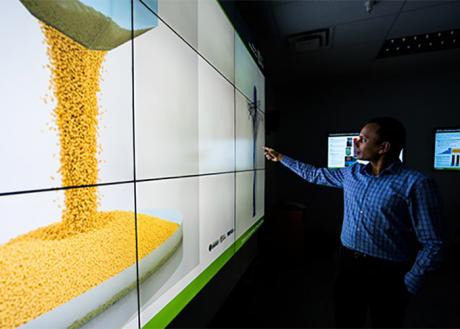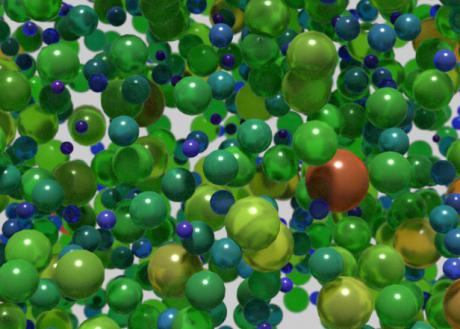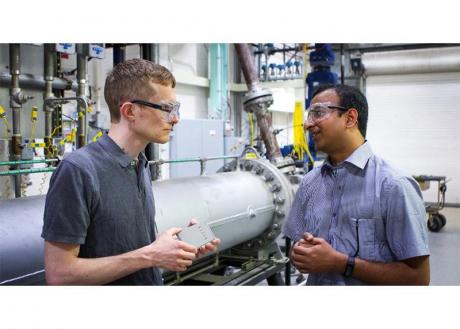NETL’s water-energy research and development (R&D) activities are now the focus of a new quarterly newsletter set for release later this month. Additionally, the recent launch of the Lab’s Water-Energy Research homepage further highlights NETL’s capabilities and competencies across a broad spectrum of water-energy topics directed at enhancing the nation’s fossil energy infrastructure while protecting the environment.
The newsletter will feature water-energy project highlights, spotlights of the Lab’s researchers, upcoming water-energy conferences and more. It will cover the width and breadth of the Lab’s in-house and extramural water-related activities across NETL’s crosscutting, carbon capture and storage, oil and gas, critical minerals and rare earth element recovery, modeling and analysis, coal byproduct and other programs.
The inaugural January 2021 edition highlights funding opportunities and recently awarded research projects, journal publications and work being carried out in support of the National Alliance for Water Innovation.
About
News and Events
Research and Programs
Carbon Management Point Source Carbon Capture Carbon Dioxide Removal Carbon Dioxide Conversion Carbon Transport & Storage Hydrogen with Carbon Management
Resource Sustainability Methane Mitigation Technologies Minerals Sustainability Natural Gas Decarbonization and Hydrogen Technologies Advanced Remediation Technologies Energy Asset Transformation
Key Lab Initiatives Advanced Alloys Signature Center (AASC) Science-based Artificial Intelligence and Machine Learning Institute (SAMI) Center for Microwave Chemistry (CMC) Center for Sustainable Fuels and Chemicals (CSFC)
Energy Technology Development Office of Energy Efficiency and Renewable Energy Battery Workforce Initiative Cybersecurity, Energy Security, and Emergency Response Office of ElectricityGrid Resilience
Business
Library
Explore our Library

Approved Categorical Exclusions Environmental Assessments Environmental Impact Statements Oil and Gas Projects Summaries NETL Fact Sheets NETL Newsletters Publication Search Energy Data Exchange (EDX) FECM External R&D Final Technical Reports Summary Information for External R&D Awards Technical Reports Series (TRS) Peer Review Reports Interagency Working Group Initial Report
- Research and Programs
- Carbon Management
- Core Competencies
- Resource Sustainability
- University Training & Research
- Key Lab Initiatives
- Energy Technology Development
- Featured Infrastructure
- Methane Emissions Reduction Program
-
- Business
- Technology Transfer
-
- Library
- Energy Analysis
-
- About
- News and Events
- Education




